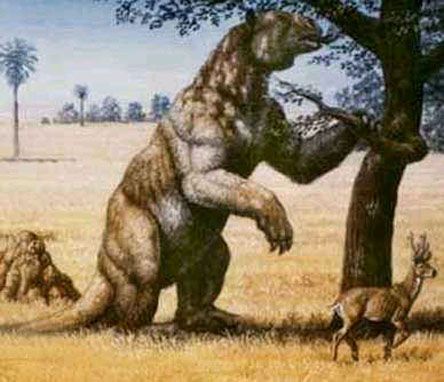

Instead, both ends show an irregular surface as those seen in the contact with the growth cartilage. The specimen, whose general form is a sinusoid cylinder with the proximal end expanded and compressed, must have belonged to a juvenile individual, since it lacks both the distal and proximal surfaces that articulate with the skull and the epihyal, respectively. A small notch, possibly a conchoidal flaked perimortem fracture, is observed in the lateral face. Here we describe a right stylohyal found in the late Pleistocene megafaunal bonebed of the Arroyo del Vizcaíno site, Uruguay, as two perfectly matched pieces that were within a few centimeters of each other. It is known for some species of Pleistocene ground sloths ( Megalonyx jeffersonii, Megatherium americanum, Paramylodon harlani, Nothrotheriops shastensis, Glossotherium robustum and Scelidotherium leptocephalum) but not for the largest mylodontid Lestodon armatus. Its largest bone, the stylohyal, is the most frequently found as an isolated element. The hyoid apparatus in fossil Xenarthrans is rarely preserved. Plain-language and multi-lingual abstracts

FariñaĬopyright Society for Vertebrate Paleontology, April 2015 Description of the stylohyal bone of a giant sloth (Lestodon armatus)


 0 kommentar(er)
0 kommentar(er)
